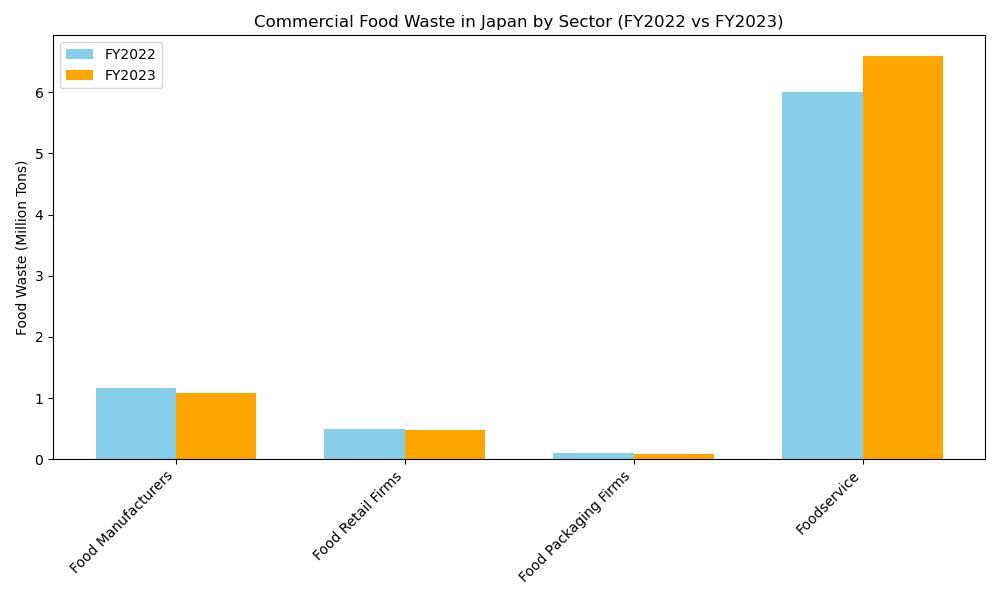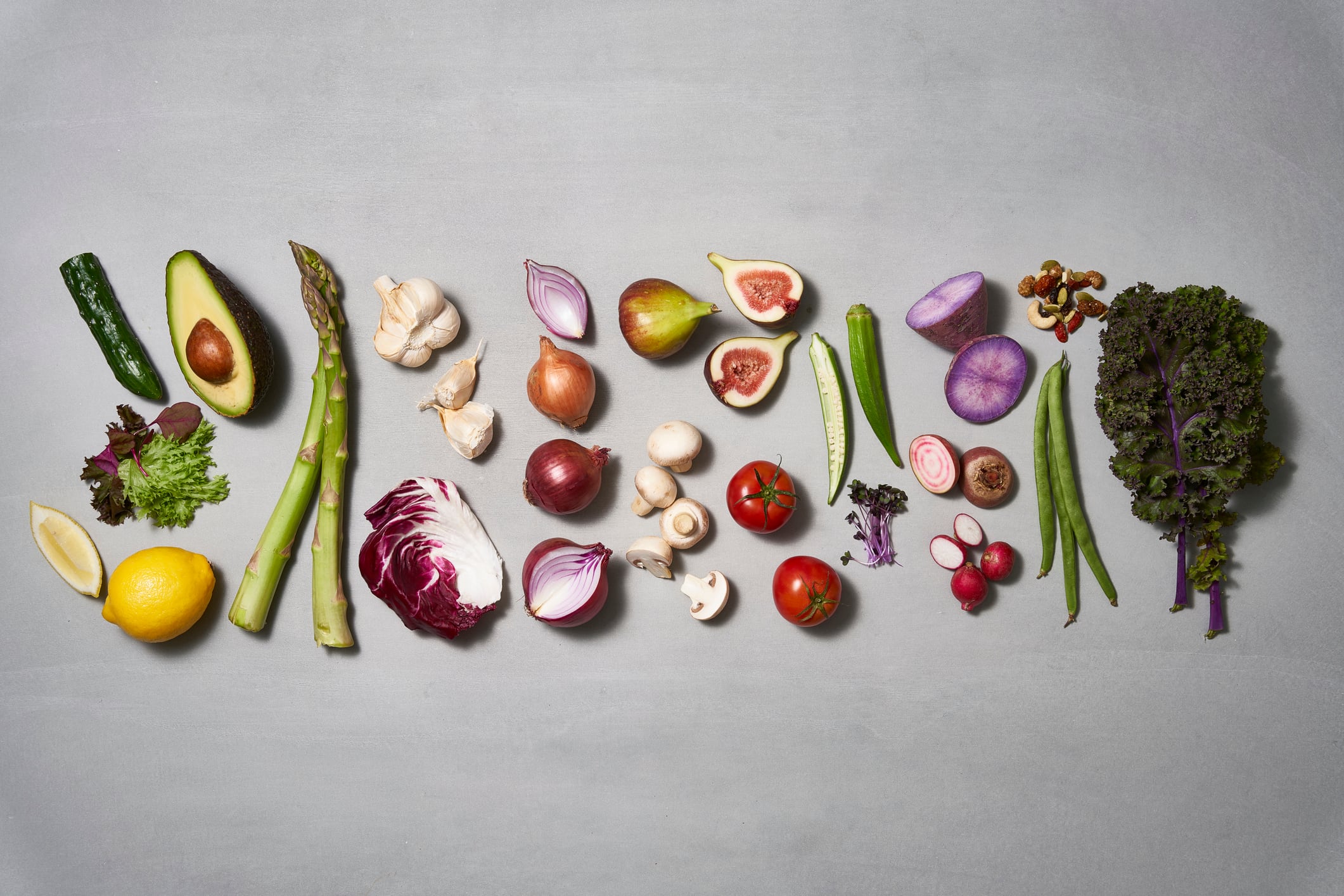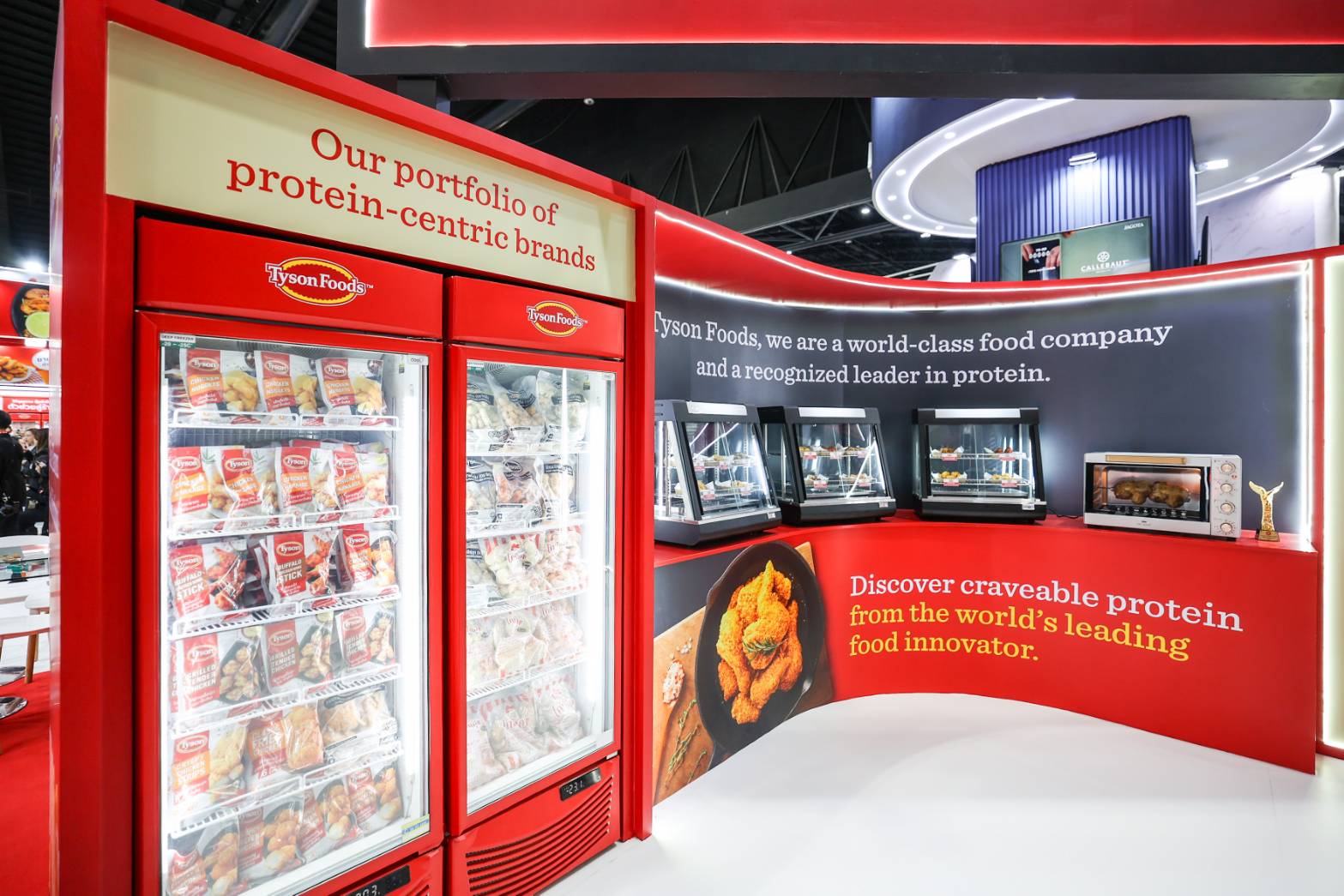The Japanese Ministry of Agriculture, Forestry and Fisheries (MAFF) recently announced the results of its annual survey of commercial food waste generated by food-related businesses in the country, a yearly report that has been ongoing since 2012.
According to the report, which is based on FY2023 comprehensive industry data, the total amount of commercial food waste dropped to 2.31 million tons, the lowest since the survey started 13 years ago.
“This is a 58% reduction compared to the baseline set in FY2000, and the highest amount seen since we started actively measuring commercial food waste in Japan,” MAFF stated via formal documentation.
“This is an important milestone towards Japan’s national target of reducing commercial food waste generated by food businesses by 100% by 2030, as well as our new target of reducing emissions by 60% by 2050.”
This initiative covers all businesses that handle food in any capacity, including food manufacturers, food packaging, foodservice and food retail.
Japan defines food waste as ‘food that is still edible but is thrown away’.
More still to be done
A closer look at the numbers revealed a drop in food waste for all categories except foodservice.
“Compared to FY2022, the amount of commercial food waste reduced by 50,000 tons overall [with] positive reductions by manufacturers, packaging companies and retail firms, but there was a negative impact by foodservice [which] we are working to address togther with all the relevant ministries, national agencies and food businesses,” said the ministry.
Commercial food waste in Japan
- Food Manufacturers: 1.17m tons in FY2022 to 1.08m tons in FY2023 [90,000 tons decrease]
- Food Retail Firms: 490,000 tons in FY2022 to 480,000 tons in FY2023 [10,000 tons decrease]
- Food Packaging Firms: 100,000 tons in FY2022 to 90,000 tons in FY 2023 [10,000 tons decrease]
- Foodservice: 6.0m tons in FY2022 to 6.6m tons in FY2023 [60,000 tons INCREASE]

“Some active ongoing initiatives include the promotion of digital transformation in the industry, in order to make more precise demand forecasts in the food industry as well as introducing new technologies and mechanisms.”
Japan has also moved to relaxing regulations for food expiration and best-by dates, such as the previous ‘one-third rule’ which had required a product to be delivered to retailers within the first one-third of its shelf-life from the date of manufacturing. All deliveries after this point would see the product rejected or discarded, even if it was still within the expiration date.
“Japan has now implemented guidelines and regulations to extend expiration dates, as well as for companies to make the relevant donations to food banks and children’s cafeterias in order to reduce commercial food waste,” said the ministry.




